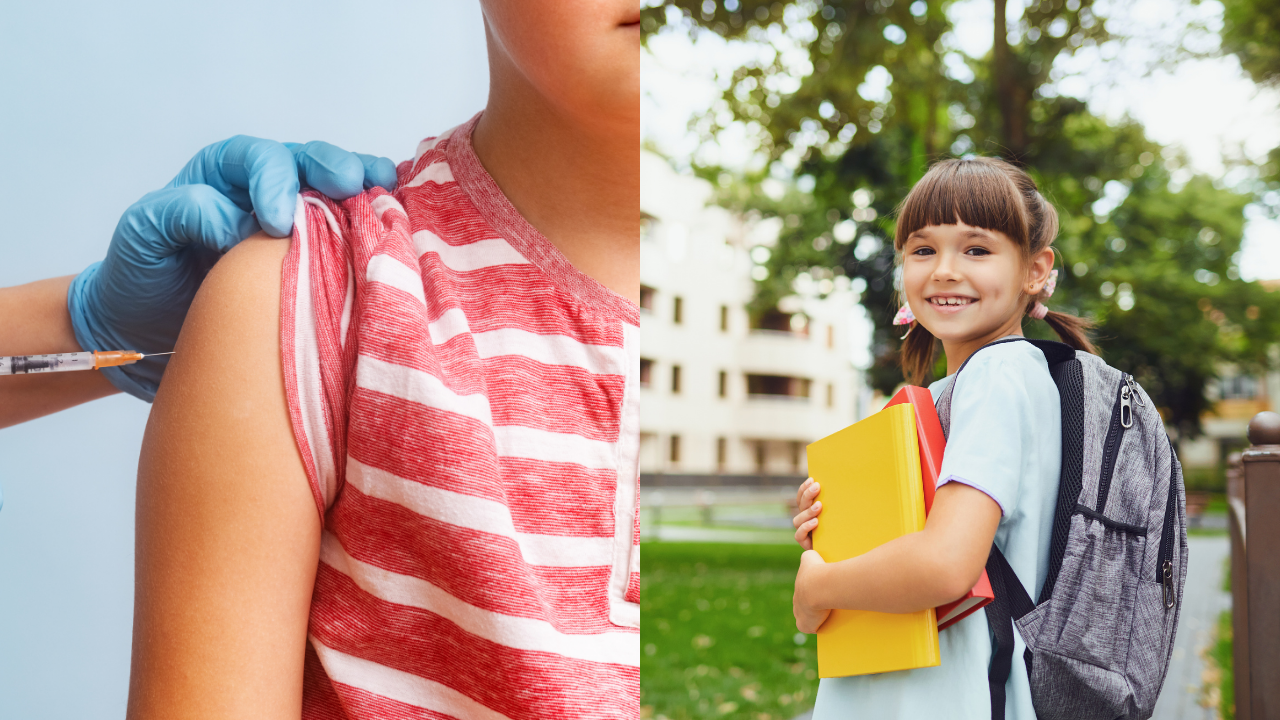US Schools Reopen: Here Is Your Guide To The Lifesaving Vaccines Every Child Should Have

SummaryAs US schools reopen, germs are set to make a comeback. While handwashing is essential, vaccines offer powerful, lasting protection for children and communities. Following the age-by-age vaccine schedule ensures immunity, prevents disease spread, and safeguards health for everyone.
End of Article
